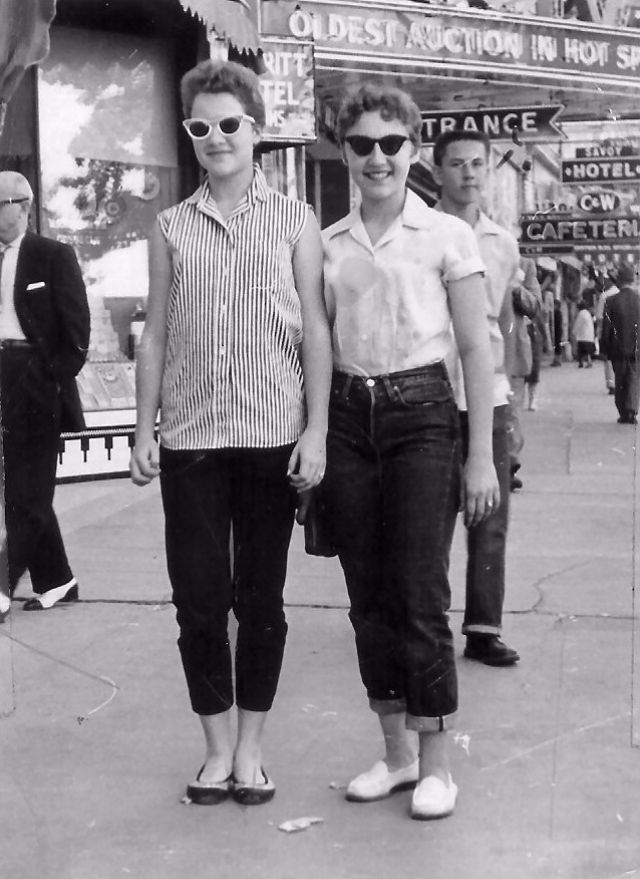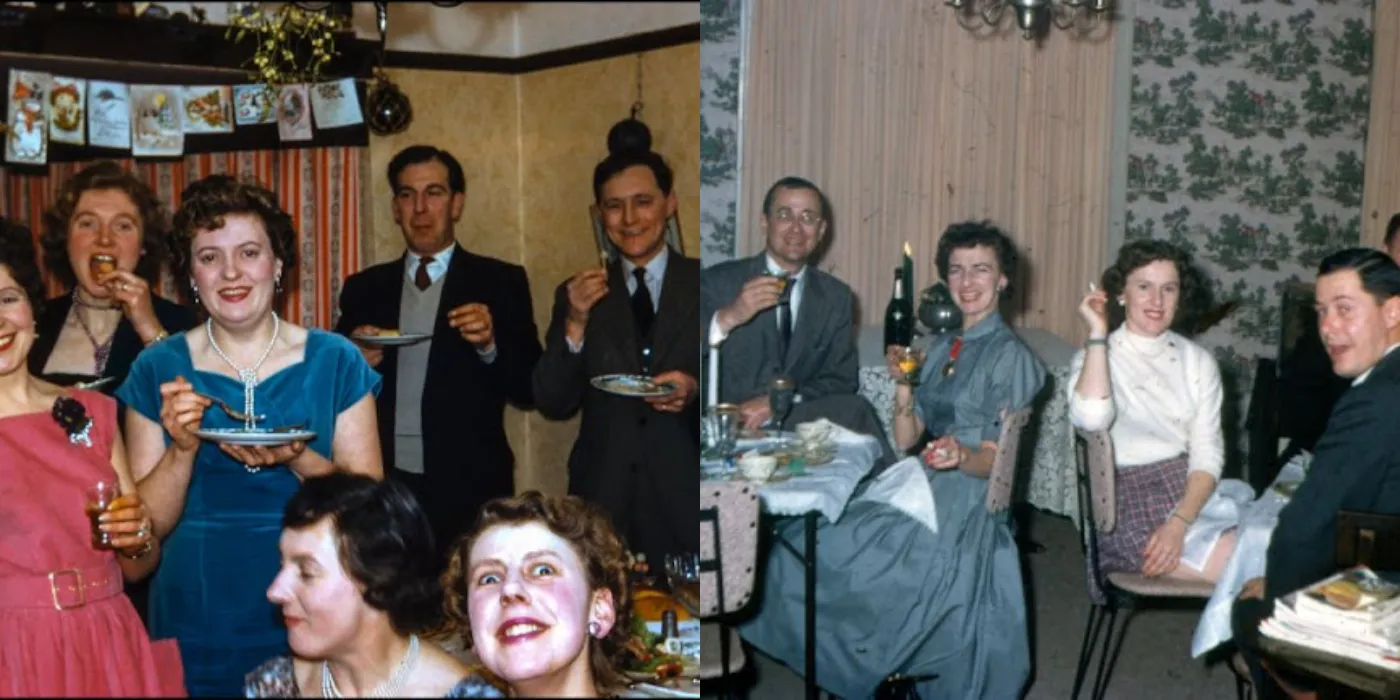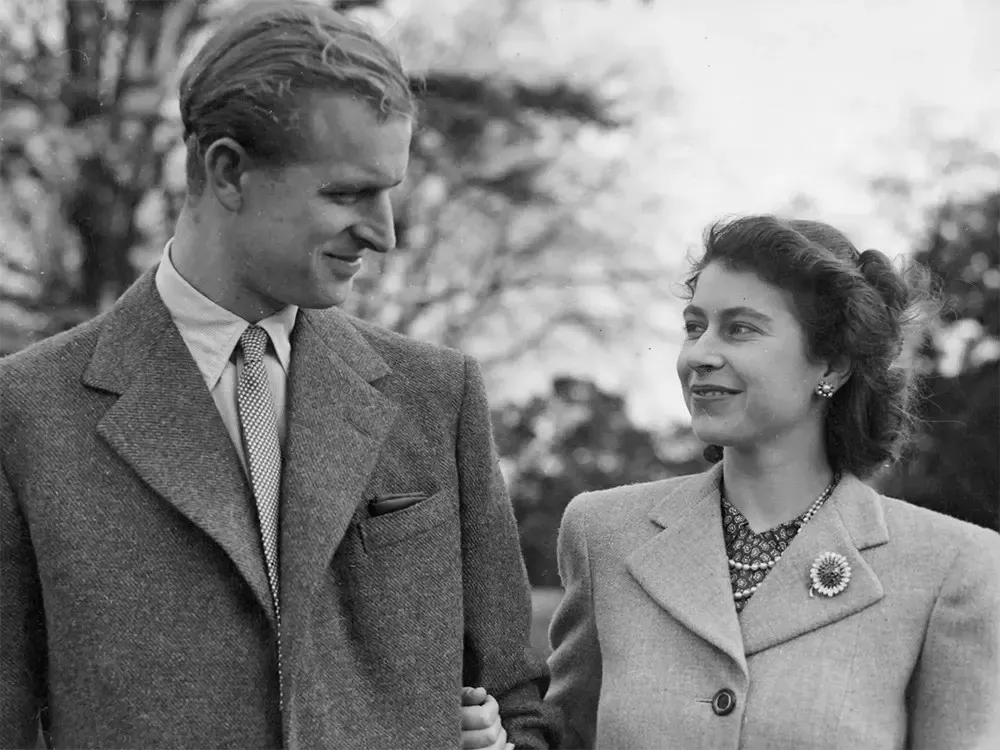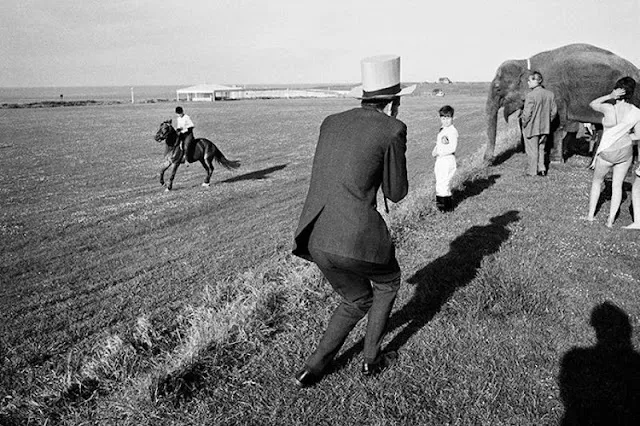Since the introduction of trousers in Western Europe in late antiquity, trousers were largely worn by men and not women until the early 20th century.
In 1919, Luisa Capetillo challenged mainstream society by becoming the first woman in Puerto Rico to wear pants in public. Capetillo was sent to prison for what was then considered a "crime", but the judge later dropped the charges against her. In the 1920s and 1930s, women increasingly wore trousers as casual wear. In the early 20th century, female pilots and other working women often wore trousers. Actresses Marlene Dietrich and Katharine Hepburn were often photographed in trousers from the 1930s. During World War II, women working in the industrial sector on war service wore their husband's (appropriately tailored) trousers, and in the post-war era trousers were still common casual wear for gardening, socializing and other leisure activities. Similarly, in Britain during World War II, due to clothing rationing, many women began wearing their husbands' civilian clothes to work while their husbands were in the military. This was partly because they were seen as work clothes, and partly to allow women to keep their clothing allowance for other uses. As men's clothing wore out, replacement was necessary, so that by the summer of 1944, sales of women's trousers were reported to be five times higher than the previous year.
![]()
In the 1960s, André Courrèges introduced jeans for women, leading to the era of designer jeans. In 1969, Rep. Charlotte Reid (R-Ill.) became the first woman to wear pants in the U.S. Congress.
Pat Nixon was the first American First Lady to wear pants in public.
For a period in the 1970s, pants became quite fashionable for women. In the United States, this may be due to the passage of Title IX of the Education Amendments of 1972, which stated that dresses could not be required of girls. So dress codes changed in public schools in the United States.
Below are some vintage androgynous looks from the 1910s through the 1970s.
1. Lucille Ltd Design, 1910s
![]()
2. Sports-inspired clothing was worn during leisurely activities in the 1920s
![]()
3. Breeches, riding boots, white shirt and tie were a classic sportswear look from the 1920s and 1930s
![]()
4. Actress Barbara Weeks and girlfriend wore high-waisted, wide-leg pants in the 1930s
![]()
5. The queen of the androgynous look, Marlene Dietrich, 1930s
![]()
6. The Land Girls uniforms, 1940s
![]()
7. Male shoes, socks and wide-leg trousers were popular during the war years
![]()
8. Turned-up jeans, men's sweater, socks and saddle shoes from 1945
![]()
9. Pedals, turned-up jeans and shapeless shirts create a classic 1950s look
![]()
10. Rocker girls wore skin-tight cuffed jeans, but added killer heels for a bit of sexy femininity
![]()
11. Brigitte Bardot in a drainpipe pantsuit and tie, 1960s
![]()
12. Biba pantsuit from the late 60s
![]()
13. Model Claudia Jennings in Playboy, December 1974, proves that a three-piece suit and tie can be incredibly sexy
![]()
In 1919, Luisa Capetillo challenged mainstream society by becoming the first woman in Puerto Rico to wear pants in public. Capetillo was sent to prison for what was then considered a "crime", but the judge later dropped the charges against her. In the 1920s and 1930s, women increasingly wore trousers as casual wear. In the early 20th century, female pilots and other working women often wore trousers. Actresses Marlene Dietrich and Katharine Hepburn were often photographed in trousers from the 1930s. During World War II, women working in the industrial sector on war service wore their husband's (appropriately tailored) trousers, and in the post-war era trousers were still common casual wear for gardening, socializing and other leisure activities. Similarly, in Britain during World War II, due to clothing rationing, many women began wearing their husbands' civilian clothes to work while their husbands were in the military. This was partly because they were seen as work clothes, and partly to allow women to keep their clothing allowance for other uses. As men's clothing wore out, replacement was necessary, so that by the summer of 1944, sales of women's trousers were reported to be five times higher than the previous year.

In the 1960s, André Courrèges introduced jeans for women, leading to the era of designer jeans. In 1969, Rep. Charlotte Reid (R-Ill.) became the first woman to wear pants in the U.S. Congress.
Pat Nixon was the first American First Lady to wear pants in public.
For a period in the 1970s, pants became quite fashionable for women. In the United States, this may be due to the passage of Title IX of the Education Amendments of 1972, which stated that dresses could not be required of girls. So dress codes changed in public schools in the United States.
Below are some vintage androgynous looks from the 1910s through the 1970s.
1. Lucille Ltd Design, 1910s

2. Sports-inspired clothing was worn during leisurely activities in the 1920s

3. Breeches, riding boots, white shirt and tie were a classic sportswear look from the 1920s and 1930s

4. Actress Barbara Weeks and girlfriend wore high-waisted, wide-leg pants in the 1930s

5. The queen of the androgynous look, Marlene Dietrich, 1930s

6. The Land Girls uniforms, 1940s

7. Male shoes, socks and wide-leg trousers were popular during the war years

8. Turned-up jeans, men's sweater, socks and saddle shoes from 1945

9. Pedals, turned-up jeans and shapeless shirts create a classic 1950s look

10. Rocker girls wore skin-tight cuffed jeans, but added killer heels for a bit of sexy femininity

11. Brigitte Bardot in a drainpipe pantsuit and tie, 1960s

12. Biba pantsuit from the late 60s

13. Model Claudia Jennings in Playboy, December 1974, proves that a three-piece suit and tie can be incredibly sexy



-1707398866.jpg)
